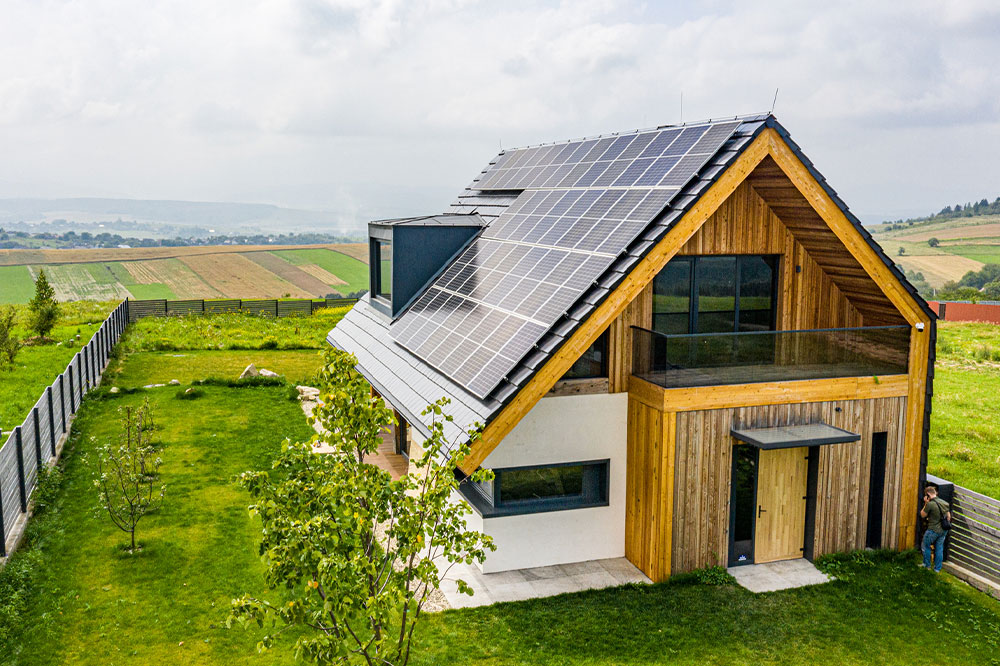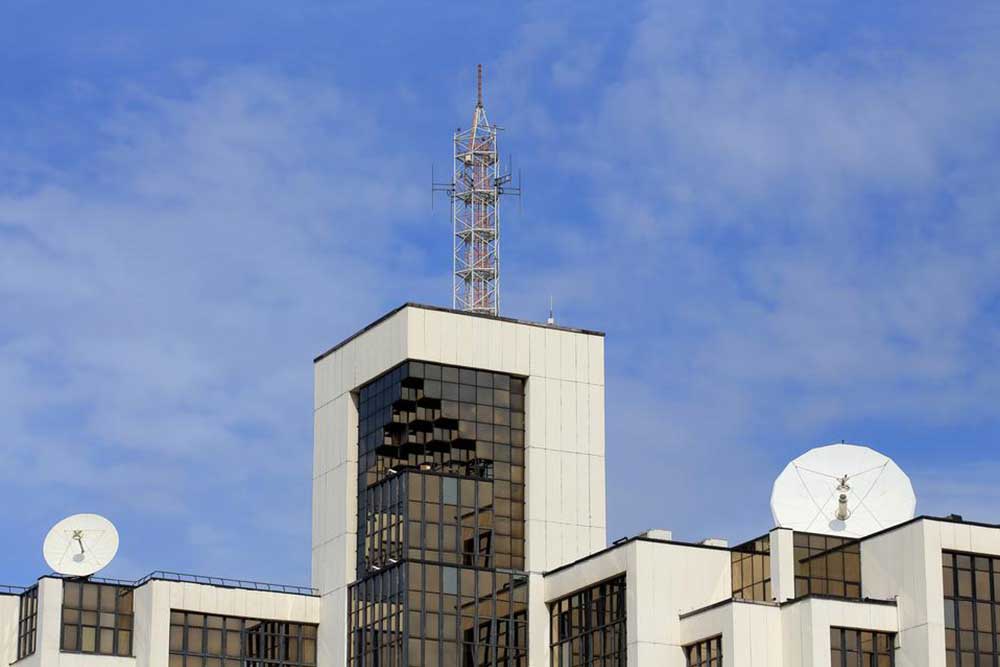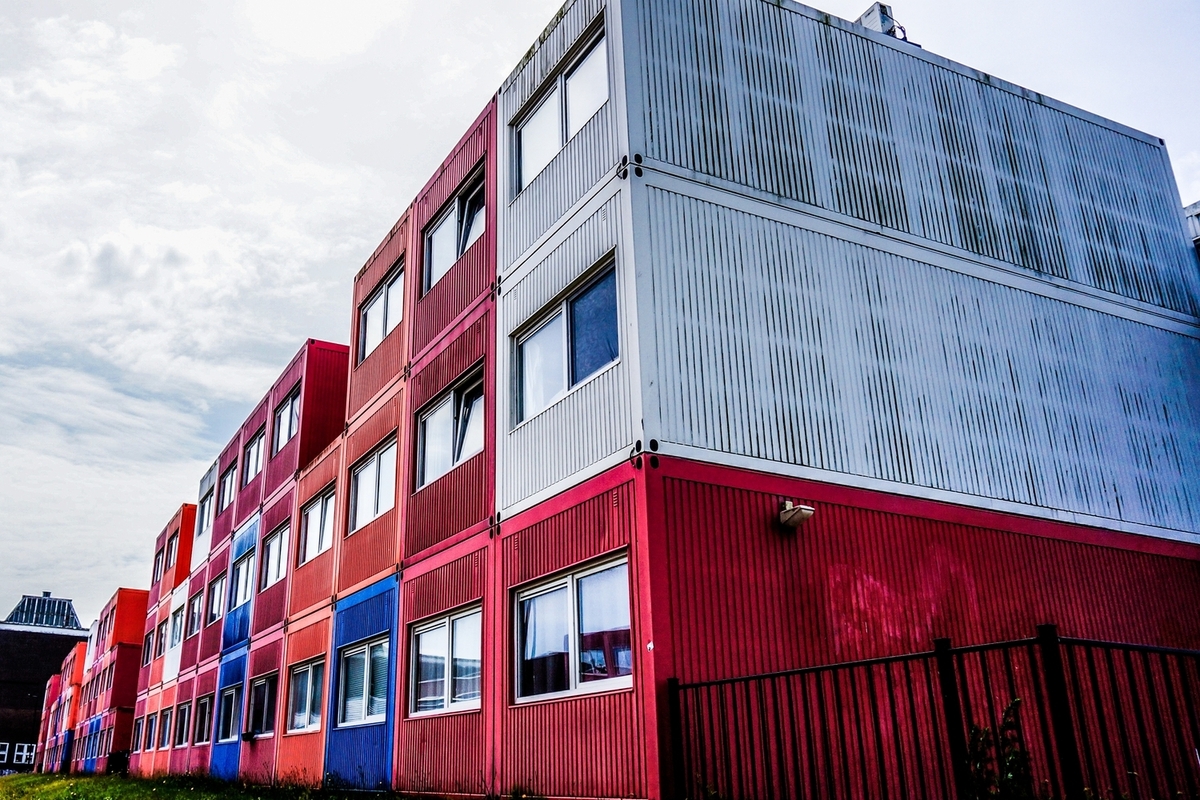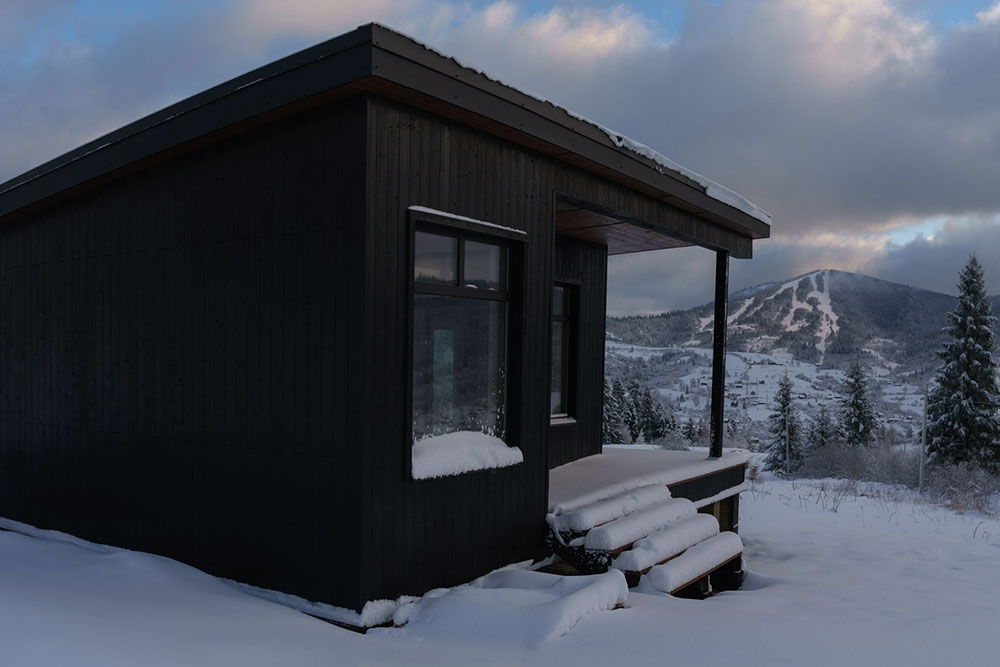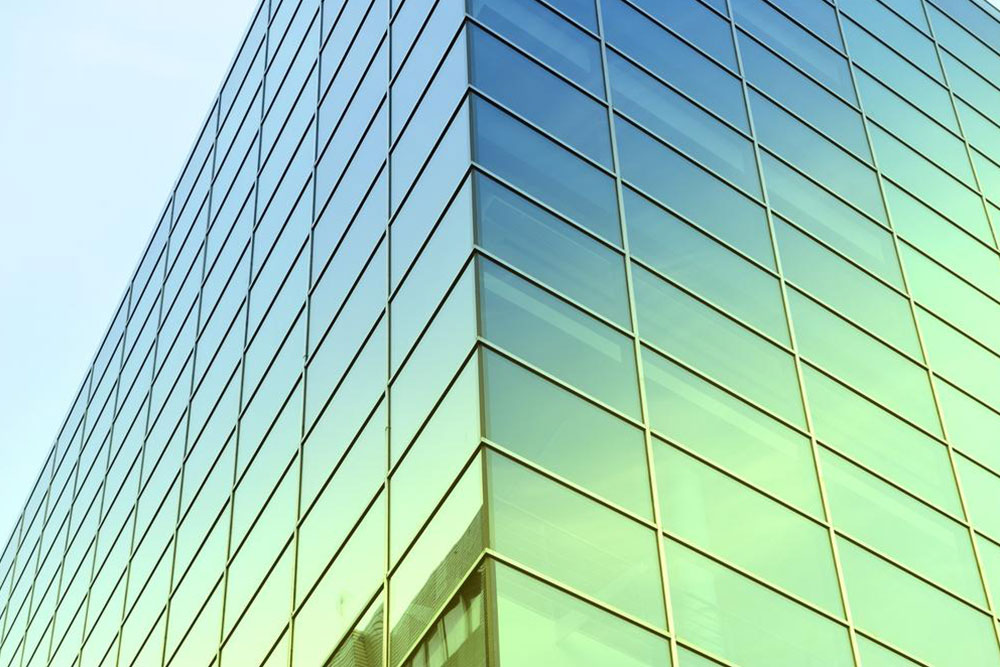Comprehensive Benefits of Choosing Steel Construction for Modern Building Projects
Steel construction is rapidly gaining popularity due to its unmatched strength, long-lasting durability, cost efficiency, and eco-friendliness. This comprehensive guide explores why architects and developers increasingly prefer steel structures for various building projects, highlighting fast assembly, safety features, and sustainability benefits. Whether for commercial or residential use, steel frameworks are the future of construction, offering flexibility, resilience, and long-term savings that traditional materials struggle to match.
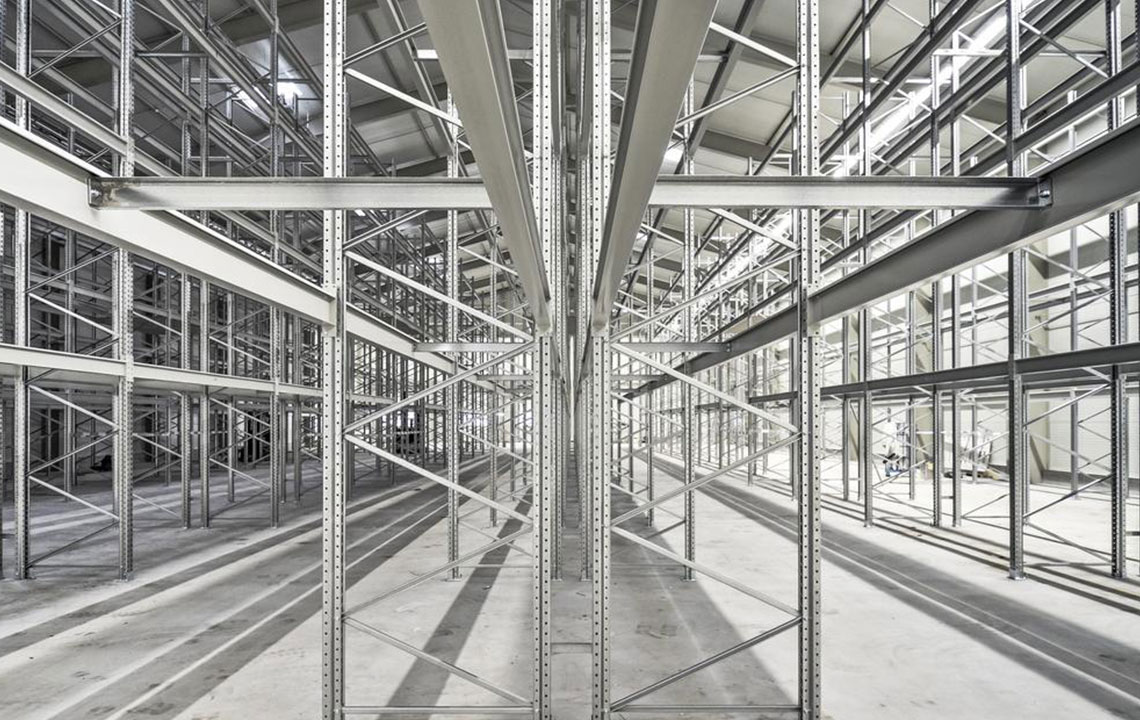
Comprehensive Benefits of Choosing Steel Construction for Modern Building Projects
As the construction industry evolves, rising real estate costs and the demand for faster, more sustainable building solutions have propelled steel construction to the forefront. Traditional building materials like wood and concrete, while still prevalent, face competition from steel due to its remarkable advantages in strength, durability, cost-efficiency, and adaptability. This article explores the multifaceted benefits of steel construction, illustrating why it has become the preferred choice for architects, developers, and homeowners seeking innovative and resilient building solutions.
Superior Strength and Longevity
Steel is renowned for its exceptional strength-to-weight ratio. Unlike traditional materials such as wood or concrete, steel provides a lightweight yet highly resilient framework that can withstand the test of time and extreme environmental conditions. This mechanical robustness makes steel structures ideal for a variety of applications, including commercial warehouses, residential complexes, religious buildings, community centers, emergency service stations, and agricultural barns.
One of the most significant advantages of steel is its ability to endure natural calamities. Steel frameworks are designed to resist earthquakes, hurricanes, heavy snow loads, and other natural disasters. Their inherent ductility allows them to deform without collapsing, providing a crucial safety margin that traditional materials may lack. In addition to resilience, steel structures require less maintenance over their lifespan. Unlike wood, which can decay or rot, or concrete, which can crack or spall, steel remains largely unaffected by moisture, pests, or fire, ensuring long-term durability and safety.
Economic Efficiency and Sustainability
Cost considerations are a critical factor in construction projects. Steel construction stands out as an economical option due to its faster manufacturing and assembly processes. Prefabricated steel components arrive on-site ready for installation, significantly reducing construction time compared to traditional brick or wood buildings. This rapid assembly minimizes labor costs and allows projects to be completed within tighter timeframes, which can lead to substantial financial savings.
Furthermore, steel buildings are highly energy-efficient. Applying reflective coatings and insulation to steel frameworks reduces heating and cooling expenses, leading to lower operational costs over the building's lifespan. The inert nature of steel also ensures resistance to pests such as termites and wood-boring insects, decreasing maintenance and replacement costs.
Beyond economic benefits, steel is 100% recyclable. During construction and even after its service life, steel can be reprocessed and reused without loss of quality, making it an environmentally sustainable choice. This recycling capability significantly reduces the carbon footprint associated with building materials, aligning with the growing demand for eco-friendly construction practices.
Rapid Construction and Flexibility
The speed of steel construction is a notable advantage. Modern manufacturing techniques enable the production of prefabricated steel components that are easy to assemble, allowing structures to rise within a few weeks rather than months. This quick turnaround is especially beneficial for projects with tight deadlines, emergency build requirements, or temporary facilities.
Steel construction also provides unparalleled design flexibility. Architects can create complex, innovative shapes and large open spaces without the constraints typical of other materials. The properties of steel permit seamless expansion or modification of existing structures, facilitating future growth and adaptation to changing needs.
Enhanced Structural Safety
Structural safety is paramount in any construction project. Steel frames are engineered to meet rigorous standards and can be customized to withstand specific geographical challenges such as earthquakes and high winds. Their inherent strength ensures stability and safety for occupants and contents alike.
Additionally, in the event of damage, steel structures can be efficiently repaired or reinforced without extensive rebuilding, reducing downtime and costs. This makes steel construction ideal for critical infrastructure such as hospitals, schools, and public safety buildings.
When choosing a steel construction provider, consider reputable companies that specialize in delivering high-quality steel buildings, including:
Arch Buildings
Armstrong Steel Building Systems
Capital Steel
Curvco Steel Buildings
Encore Steel Buildings LLC
Freedom Steel
General Steel
Olympia Steel Buildings
Rhino Steel Building Systems
Rocket Steel Buildings
In summary, steel construction offers unmatched advantages in strength, safety, cost savings, sustainability, and design flexibility. Whether for commercial, residential, or institutional projects, steel frameworks meet the needs of modern builders aiming for durable, economical, and aesthetically innovative structures. As construction demands evolve, embracing steel technology is a strategic decision that promises long-term benefits and resilience for the future.
